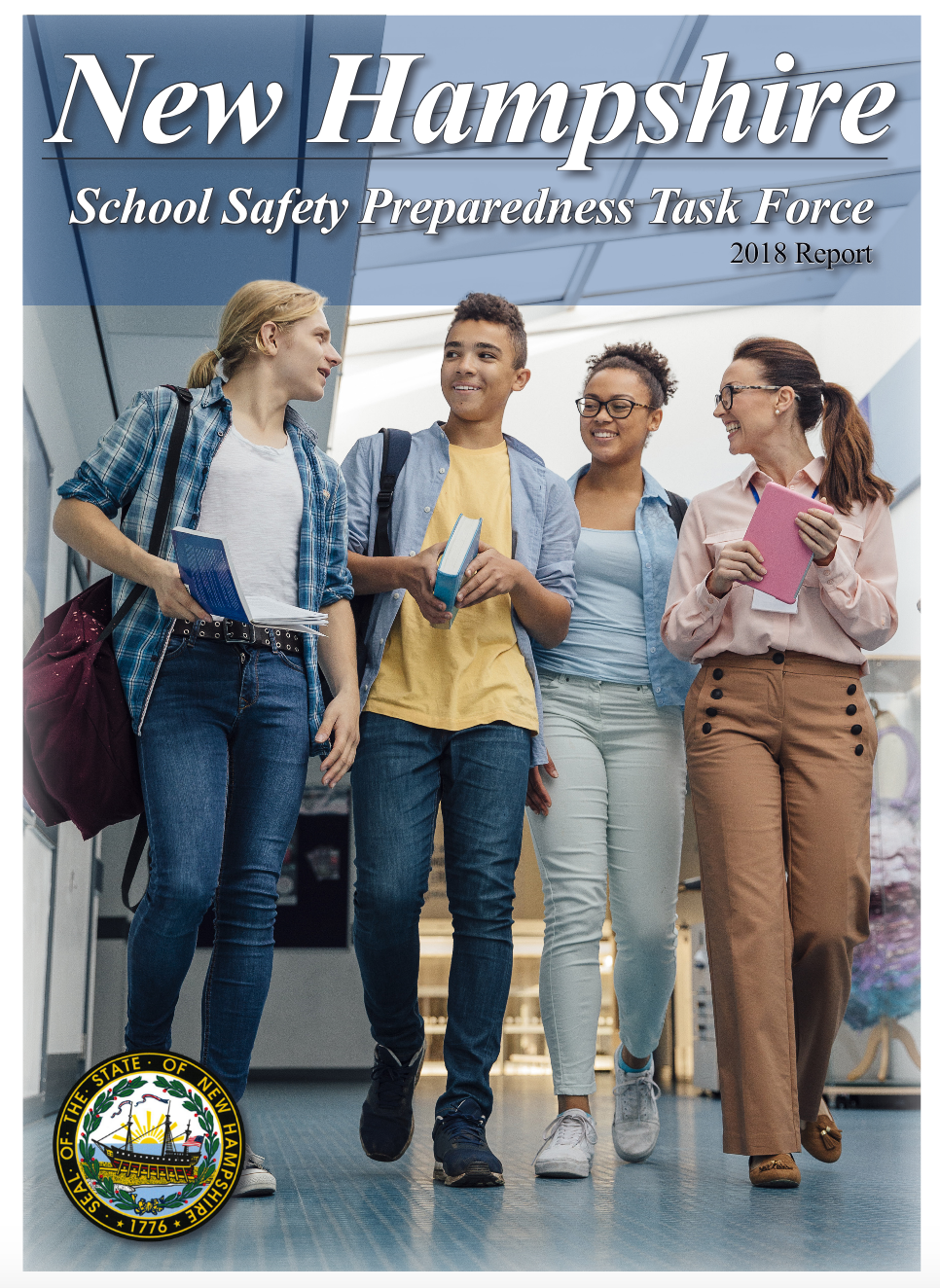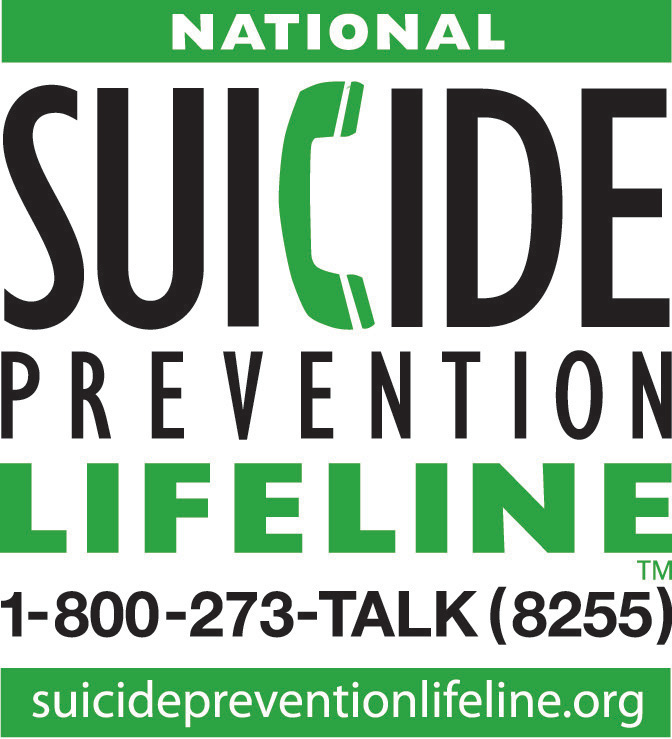Save the date for the 10th Annual School Resource Officer Conference. Click here to register.
Tag: First Responder
Enhancing School Safety Using Behavioral Threat Assessment (USSS) [April 2024]
The U.S. Secret Service National Threat Assessment Center (NTAC) is pleased to offer virtual training presentations on targeted violence prevention which include Behavioral Threat Assessment and Preventing Mass Attacks in Our Communities. This training is being offered virtually. Resource: For more information and the dates/times of the training, please click here.
School Threat Assessment Toolkit (NCSS) [March 2024)
The School Threat Assessment Toolkit is designed to aid schools in employing behavioral threat assessment (TA) and management as part of a comprehensive violence prevention strategy. Authored primarily by Dewey Cornell and Jennifer Maeng, and with input from school safety leaders, experts, government agencies, and the National Center for School Safety, the toolkit offers guidance …
How to Cope with Traumatic Events (JED) [January 2024]
Being exposed to community violence, such as school shootings or other frightening events, can cause trauma for all of us. The dictionary describes trauma as “a deeply distressing or disturbing experience.” An event can be distressing, even if you were not there when it happened. How you feel about and respond to traumatic events may differ, but it’s important …
Enhancing School Safety Using Behavioral Threat Assessment and Preventing Mass Attacks in Our Communities Webinars (USSS) [January 2024]
The U.S. Secret Service National Threat Assessment Center (NTAC) is pleased to offer virtual training presentations on targeted violence prevention. Enhancing School Safety Using Behavioral Threat Assessment (intended for school administrators, educators, and other school safety stakeholders) webinar: Preventing Mass Attacks in Our Communities (intended for law enforcement and other community safety stakeholders) webinar: Please …
Social Media Threat Guidance for School Staff and Authorities (CISA) [December 2023]
Technology has revolutionized the American school system, making education more accessible than ever before. However, the advancements and accessibility of various social media platforms continue to reveal new vulnerabilities and security gaps within the school threat landscape. In the United States, social media-based threats to school districts continue to rise; in 2022, school districts reported …
Strong As Granite. A Stronger You, A Stronger New Hampshire (DHHS) [December 2023]
The following toolkit provides media assets to spread awareness about mental health and substance use resources via marketing channels, as we work together to make New Hampshire a national leader in behavioral health acceptance, support, and destigmatization. Strong as Granite is a platform that’s raising awareness for the depth and breadth of mental health and …
2023 National Summit on K-12 School Safety and Security Resource Guide (CISA) [November 2023]
The National Summit on K-12 School Safety and Security, hosted by the Cybersecurity and Infrastructure Security Agency (CISA) on November 1-2, 2023, brought federal, state, local, tribal, and territorial school leaders together to share actionable recommendations that enhance safe and supportive learning environments in kindergarten through grade 12 (K-12) schools. Through expert panels, master class …
School Safety Bulletin (NHIAC) [September 2023]
In accordance with recommendations from Governor Sununu’s School Safety Task Force, the New Hampshire Information & Analysis Center (NHIAC) has developed an annual School Safety and Security Bulletin that provides schools with the latest safety and security related information. Resource: Click here to download a copy of the report.
Foundations of Targeted Violence Prevention eLearning Back to School Resources (DHS)[September 2023]
The Foundations of Targeted Violence Prevention eLearning is a one-hour online training developed by the Department of Homeland Security, National Threat Evaluation and Reporting Program Office that empowers faculty, staff, and parents to:-Recognize threats or potentially concerning behaviors-Understand what behaviors may be displayed by a person who is on a pathway to violence-Learn where to …










